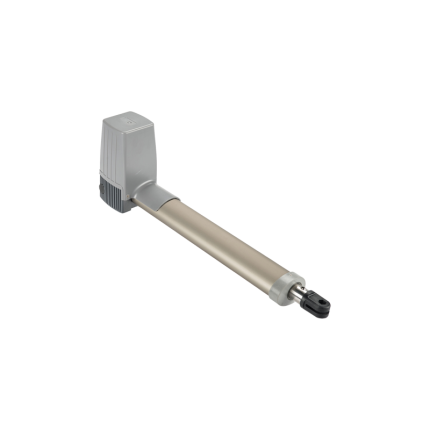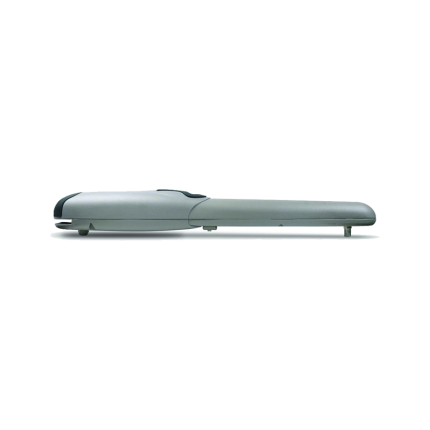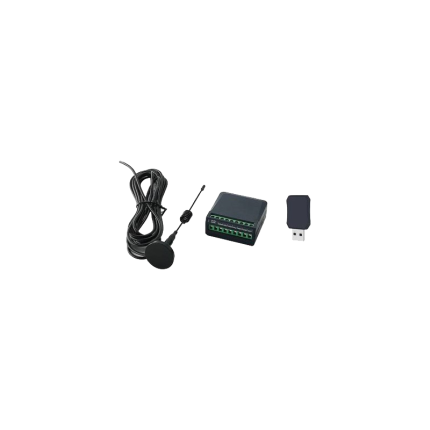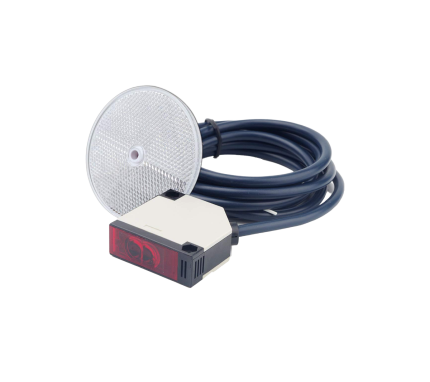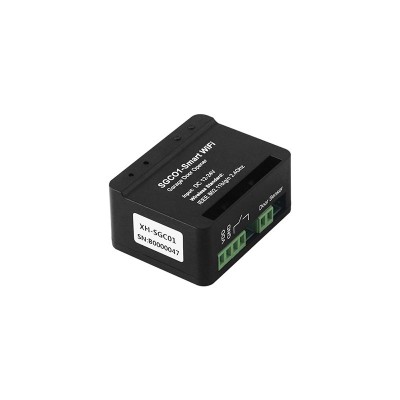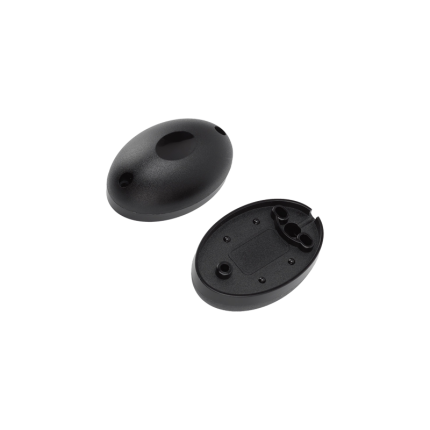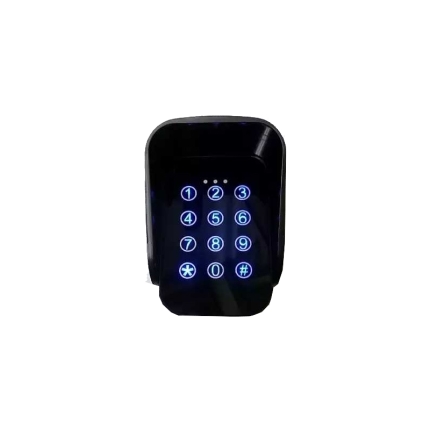Gate opener
Dual swing gate opener –HiGate HGSW950
Ship or pick up from our office.
Dual swing gate opener –HiGate HGSW950
A dual swing gate opener is a motorized system designed to automatically open and close a double swing gate, which consists of two gate panels that meet in the middle.
Each gate panel has its own opener mechanism, allowing them to swing open in opposite directions simultaneously. This setup is common for driveways and other entry points where a wider opening is needed without requiring a single, longer gate.
-
Dual Swing Gates:These gates have two leaves or panels that swing open, typically inward or outward, to create an opening.
-
Dual Opener Mechanisms:Each leaf of the gate is equipped with its own opener mechanism, which is usually an arm that pushes or pulls the gate.
-
Synchronized Movement:The two opener mechanisms are designed to work together, opening and closing the gate leaves in a coordinated and synchronized manner.
-
Applications:Dual swing gate openers are commonly used for driveways, parking lots, and other areas where a wide opening is needed and a single gate might be too large or impractical.
-
Benefits:They offer space efficiency as they require less space to swing open compared to a single, long gate. They can also provide a more elegant and sophisticated look to the entrance.
Double Swing Gate Opener NICE -Wingo 4024
Ship or pick up from our office.
Product Sheet PDFDouble Swing Gate Opener NICE -Wingo 4024
NICE Wingo 4024 swing gate opener is a drive that is suitable for small single swing gates in the private sector. This drive is perfect for swing gates with the maximum wing width of 1.8 m (weight - 200 kg) or with the maximum weight of 400 kg (with the wing width 1 m). Nice Swing Gate Operators are designed to fit a wide range of settings and applications.USB Gate Operator Remote
USB Gate Operator Remote
A USB gate operator remote control is a device that allows you to open and close automatic gates or garage doors by plugging a USB dongle into your car's USB port and using it as a remote. USB Gate Operator Remote emits a sensing signal upon receiving a command from the USB port, which then triggers the gate opener to open or close the driveway gate. Here's a more detailed explanation: -How it works: USB Dongle: The device typically includes a small USB dongle that plugs into your car's USB port. Sensing Signal: When the USB is plugged in and the car is in the "on" mode, the dongle emits a sensing signal. Receiver: The signal is received by a unit connected to the driveway gate motor. Gate Motor Activation: The receiver then activates the gate motor, causing the driveway gate to open or close. -Key features: Dual Control Modes: Some models offer both automatic and manual modes, allowing you to operate the gate either by proximity sensing or by pressing a button on the USB dongle. Compact and Portable: The USB dongle is small and lightweight, making it easy to use and store in your car. Easy Installation: It's designed for simple plug-and-play functionality, requiring no complex setup. Replacement Accessory: It serves as a convenient replacement for traditional gate remote controls.Dual swing gate opener -Royalgate RGSW700
Ship or pick up from our office.
Safety Sensor S300
Ship or pick up from our office.
Safety Sensor S300
A gate opener safety sensor is a crucial component of automated gate systems designed to prevent accidents and damage by detecting obstructions in the gate's path.
These sensors, often photoelectric, use an infrared beam to monitor the area and trigger the gate to stop or reverse if something is blocking its movement.
How it works:
-
Transmitter and Receiver:A safety sensor typically consists of a transmitter that emits an infrared light beam and a receiver that detects the beam.
-
Obstruction Detection:When an object, person, or vehicle interrupts the beam, the receiver signals the gate operator to stop or reverse the gate's movement.
-
Safety Feature:This mechanism prevents the gate from closing on anything or anyone, ensuring safety and preventing potential damage.
Types of Safety Sensors:
-
Photoelectric Sensors (Photo Eyes):These are the most common type, using an infrared beam to detect obstructions.
-
Safety Edges:These sensors are typically placed along the edge of the gate and trigger a stop or reverse when they encounter pressure.
-
Induction Loops:These sensors are embedded in the ground and detect vehicles as they pass over them, triggering the gate to open or close.
Importance:
-
Safety:The primary function is to prevent accidents and injuries by stopping or reversing the gate when an obstruction is present.
-
Preventing Damage:By detecting obstructions, these sensors help avoid damage to the gate, vehicles, or anything else in its path.
-
Compliance:Safety sensors are often required for automated gates to meet safety regulations and standards.
Common Issues:
-
Misalignment:If the sensor is misaligned, the infrared beam may not reach the receiver, causing the gate to malfunction.
-
Obstructions:Debris, dirt, or other obstructions can interfere with the beam and trigger false alarms.
-
Sensor Failure:Like any electronic device, sensors can fail over time, requiring replacement.
Wireless Keypad Access Control KW200
Wireless Keypad Access Control KW200
Wireless keypad access control systems replace traditional keys with a digital PIN code entry for building access, eliminating the need for physical keys and enhancing security.
These systems often include features like remote management via smart devices, audit trails of access events, and integration with other security systems like intercoms.
Here's a more detailed breakdown:
Core Functionality:
-
Keyless Entry:Users enter a unique PIN code into a keypad to unlock a door or gate.
-
Wireless Communication:The keypad communicates wirelessly with a receiver or controller, eliminating the need for extensive wiring.
-
Remote Management:Many systems allow administrators to manage access permissions, view audit trails, and adjust settings remotely via a smartphone app or computer.
-
Integration:Some systems can integrate with intercoms, surveillance cameras, and other security components for a more comprehensive solution.
Key Features:
- PIN Codes: Users are assigned unique PIN codes for entry.
- Proximity Cards/Fobs: Some systems also support access via proximity cards or fobs for users who prefer that method.
- Audit Trails: The system can record and store data about who accessed the door, when, and how, providing a valuable security record.
- Weatherproof and Durable: Many outdoor keypads are designed to withstand harsh weather conditions and vandalism.
- Backlit Keypads: Backlit keypads make it easier to use the system in low-light conditions.
Types of Wireless Keypad Access Control:
- Stand-Alone Systems: These systems are self-contained and don't require connection to a central system.
- Integrated Systems: These systems are part of a larger access control or building management system.
- Wired and Wireless Hybrid: Some systems combine wired and wireless components for added flexibility.
Benefits:
- Enhanced Security: Eliminates the risk of lost or stolen keys.
- Increased Convenience: Users don't need to carry keys.
- Improved Auditability: Tracks access events for security monitoring.
- Remote Management: Allows for easy administration and control.

